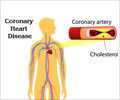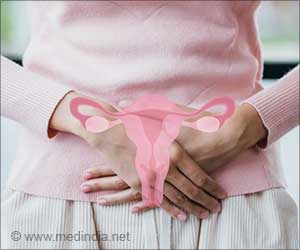Women having heart attack are often misdiagnosed as anxiety and this can lead to delay in treatment and prove to be fatal, said a study Monday.

They asked 1,123 patients aged 18 to 55 to fill out a survey after being admitted to one of 24 hospitals in Canada, one in the United States and one in Switzerland.
The women in the study, the researchers found, generally came from lower income brackets, were more likely to have diabetes, high blood pressure and a family history of heart disease.
They also had substantially higher levels of anxiety and depression than the men.
The researchers noted that the men received faster access to electrocardiograms (ECGs) to check heart rhythms and fibrinolysis to prevent blood clots than the women.
Early treatment for a heart attack can prevent or limit damage to the heart muscle, while saving the person's life.
Advertisement
In contrast, it took 21 minutes and 36 minutes for women.
Advertisement
"Patients with anxiety who present to the emergency department with non-cardiac chest pain tend to be women, and the prevalence of acute coronary syndrome is lower among young women than among young men," said lead researcher Louise Pilote.
"These findings suggest that triage personnel might initially dismiss a cardiac event among young women with anxiety, which would result in a longer door-to-ECG interval."
The findings were published in the current issue of the Canadian Medical Association Journal.
Source-AFP















